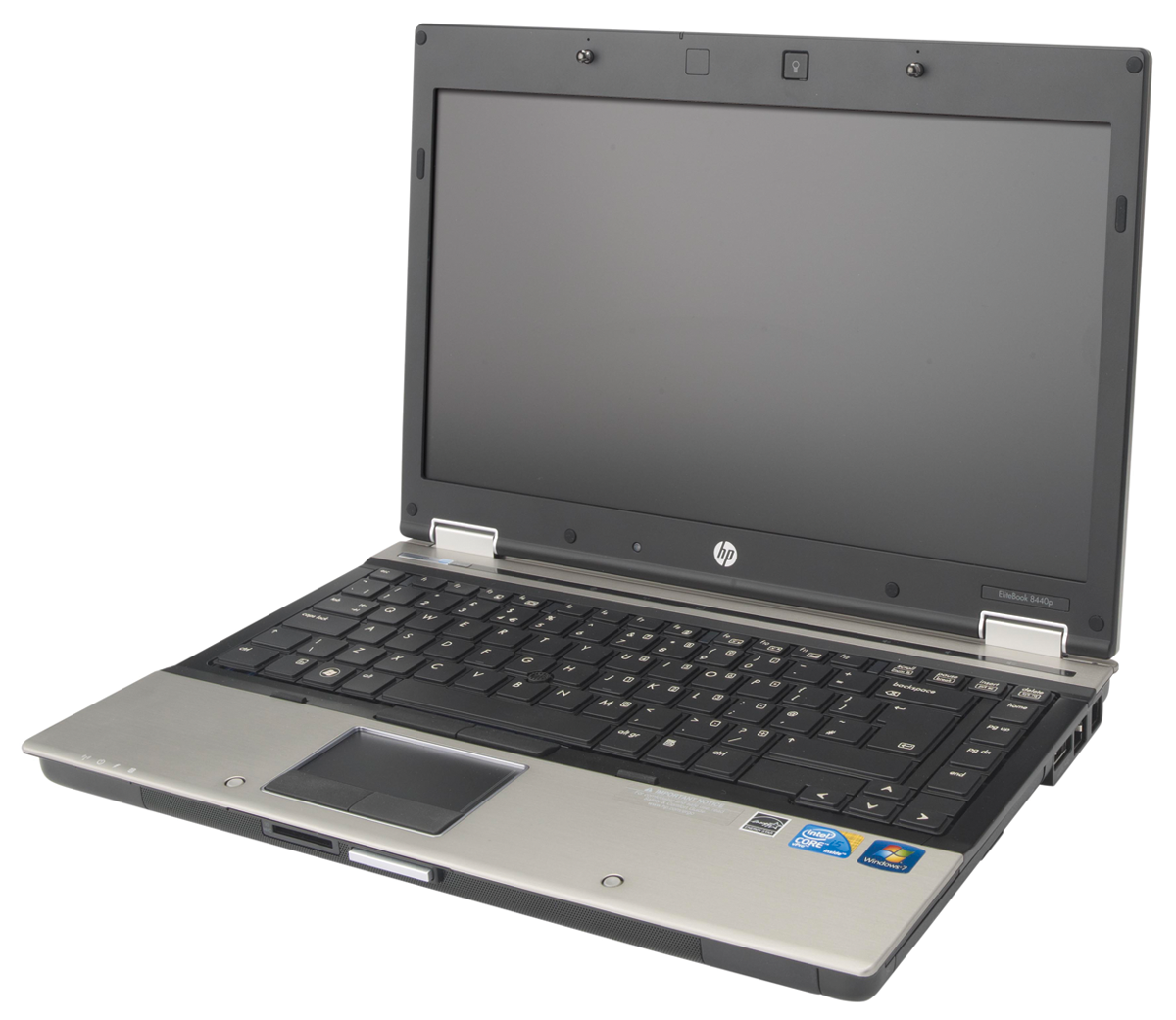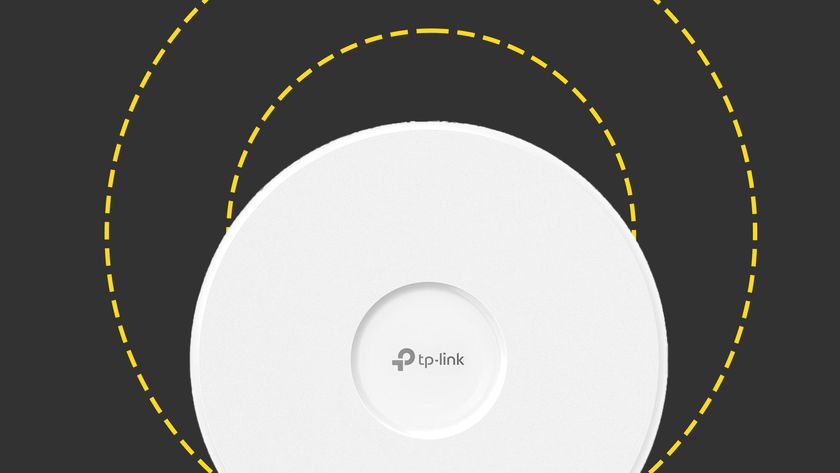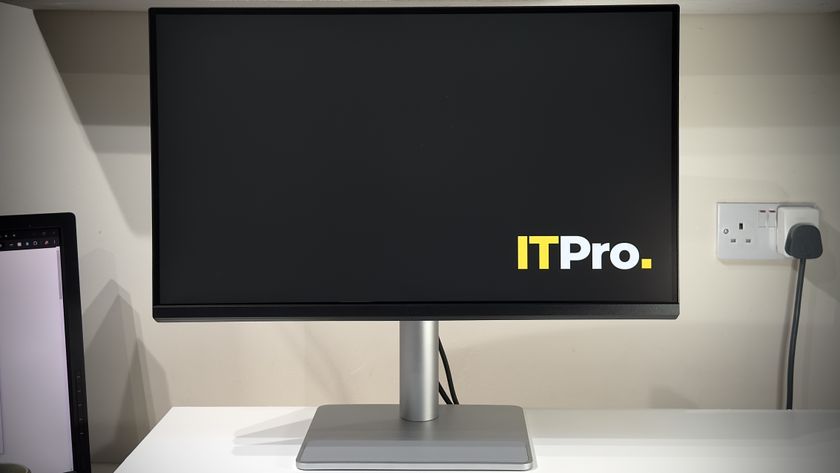There are three USB2 ports, a combined USB2/eSATA port and a FireWire 400 port, which provides plenty of scope for connecting peripherals like printers, VoIP headsets and external storage drives. An ExpressCard/54 slot allows peripherals such as a 3G modem or USB3 adapter to be added easily. As expected, there are 3.5mm audio inputs and outputs. While the built in speakers are clear enough, it sounds a bit weedy and lacking in both volume and bass.
There's a 56K modem connection next to the Gigabit Ethernet port. Although few businesses bother to maintain a dial-up internet subscription any more, it could be handy as a measure of last resort when travelling in areas with poor broadband connections. The laptop also has a built in dual-band 802.11n wireless adaptor, which means it can connect wireless networks using either the common 2.4GHz band or the less common but also less crowded 5GHz band, depending on what your router supports. There's also a second battery connector and a docking station connection point.
Unusually, the EliteBook doesn't have a built-in webcam, so video conferencing via your laptop is out unless you connect a USB model. Although this omission might seem like a disadvantage, it may be preferable in security-conscious businesses where video recording equipment is forbidden from the premises.
K.G. is a journalist, technical writer, developer and software preservationist. Alongside the accumulated experience of over 20 years spent working with Linux and other free/libre/open source software, their areas of special interest include IT security, anti-malware and antivirus, VPNs, identity and password management, SaaS infrastructure and its alternatives.
You can get in touch with K.G. via email at reviews@kgorphanides.com.












